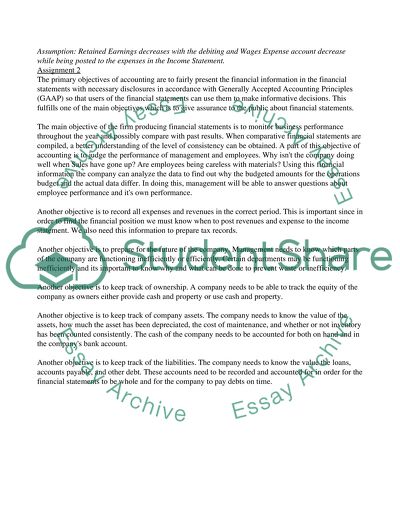Cite this document
(“IT in Small Business Accounting Assignment Example | Topics and Well Written Essays - 1250 words”, n.d.)
Retrieved from https://studentshare.org/family-consumer-science/1419426-accting-unit
Retrieved from https://studentshare.org/family-consumer-science/1419426-accting-unit
(IT in Small Business Accounting Assignment Example | Topics and Well Written Essays - 1250 Words)
https://studentshare.org/family-consumer-science/1419426-accting-unit.
https://studentshare.org/family-consumer-science/1419426-accting-unit.
“IT in Small Business Accounting Assignment Example | Topics and Well Written Essays - 1250 Words”, n.d. https://studentshare.org/family-consumer-science/1419426-accting-unit.


